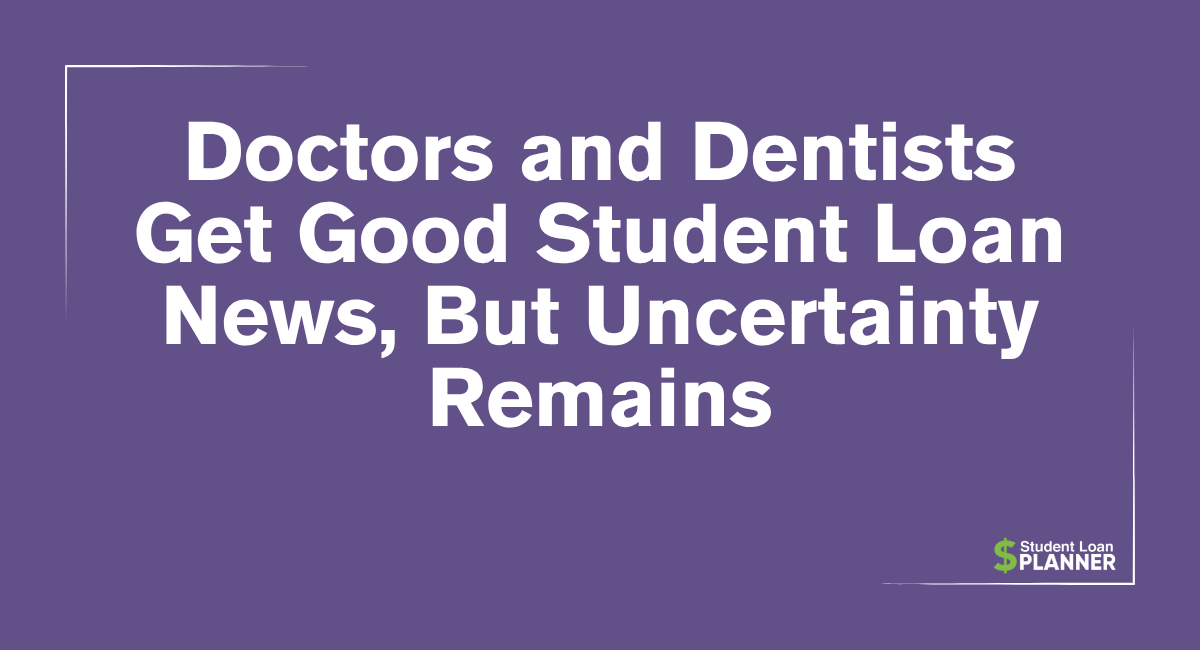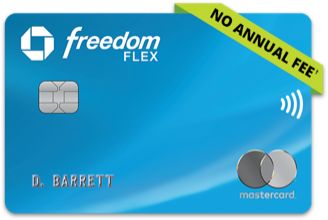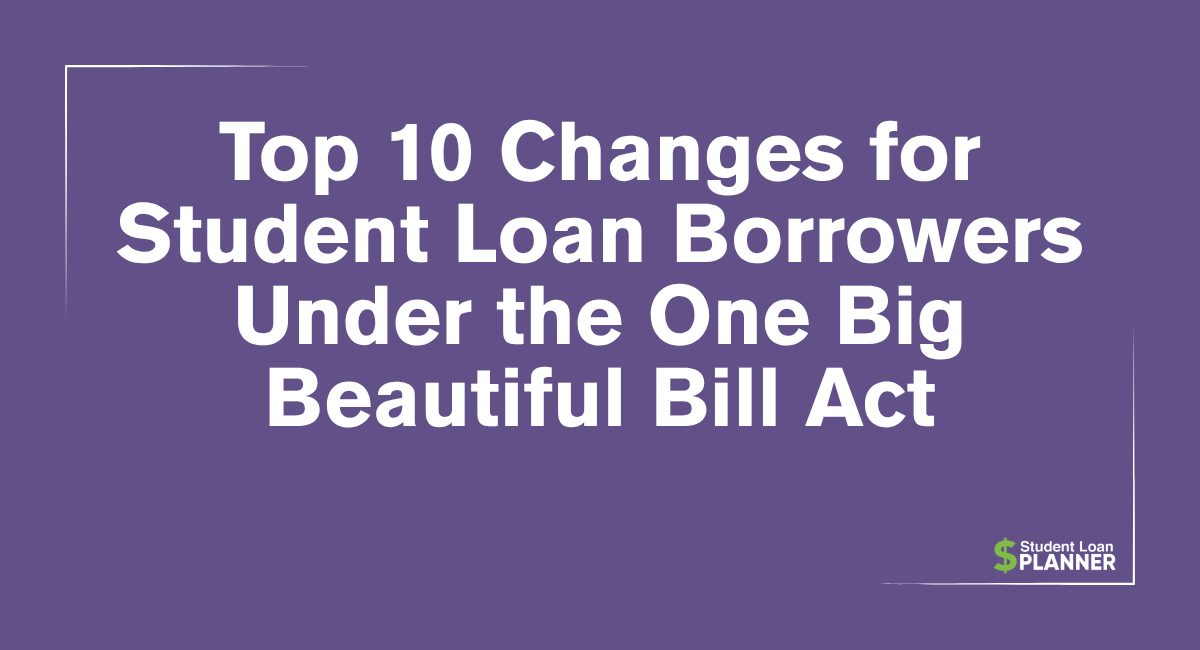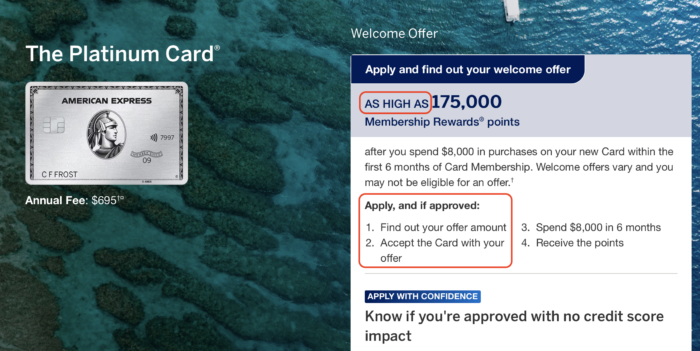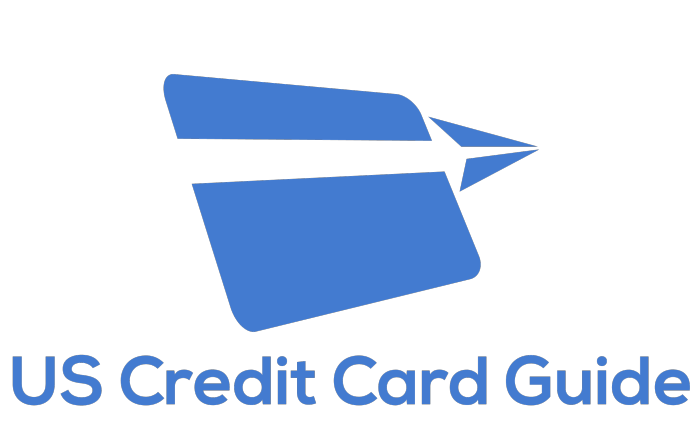
Buying a Home Without a Job
For a long time, a 9 to 5 job was considered financial stability.It meant you’d have regular payments, and buying a home was easy.With the right conditions, you could apply, get approved for a mortgage, and settle in your new home relatively quickly.
In recent years, especially in this digital era, many professions have emerged, and the 9-to-5 job mentality is slowly disappearing.
The world is progressing, which is good, but some aspects aren’t following it with the same speed.Today, you’ll find many people with a regular and steady income but aren’t employed.
Their biggest difficulty is buying a home.
Lenders consider these people as risky and sometimes reject their mortgage applications.Fortunately, there are ways in which you can buy a home without a traditional job.
Get a Co-Signer
One of the easiest ways to secure approval for your mortgage application is with the help of a co-signer.This person vouches for you and supports you when applying for the loan.
Asking someone to so-sign for you is a big favor because the person will act as a backup if you fail to make payments.This is why asking someone very close to sign for you is recommended.
It’s also a good idea to go with someone with a traditional job and a good credit score.
Use Collateral
A common problem, especially among millennials who want to buy a home, is the lack of the required proof of work.Many rely on freelance work, which brings in some nice monthly payments but doesn’t always offer an employment option.
Being unemployed doesn’t mean you have nothing, so using assets as collateral can be a good way to get mortgage approval.
When applying for a loan using collateral, you’ll need to see what each lender is willing to accept.They don’t accept everything, so it’s good to know your options beforehand.For the most part, some real estate, savings accounts, or stocks are things most lenders won’t ignore.
Overall, lenders look at the value of the collateral and determine if they can get money back if you fail to make regular payments.
If you get a mortgage with collateral, the lender will put a lien on the assets, which will remain until you pay the mortgage entirely.
Asset-Based Mortgage
In many ways, it’s similar to the previous type, but in this case, the lender looks at the assets as a source of income, meaning it’s not a collateral-based loan.Due to the type of assets lenders look at, it’s much easier to get approval for this kind of mortgage.
Going for this option means you’ll be using anything that can be liquidated easily, which in most cases includes accounts—investment, retirement, bank, or money market accounts.The lender sees the value of these assets and determines if there is a way to get the loan back if you don’t pay on time.
Anything that’s liquid can be an asset, and most lenders will be happy to accept it.Some may be willing to accept some high-value items, but it’s not a common practice.
Bank Statement Loan
Going for a bank statement mortgage is similar to the previous loan, but you’re not using your existing assets.
Even though you’re not employed, you may still have income from various sources, such as freelance work, rent, small businesses, and many others.
The main difference between this and the previous loan is what the lender wants to see.
In this case, the lender is interested in your monthly income, not your assets.You may be required to provide bank statements for the past 2 years, with some lenders asking only for one.
The most important thing about this type of loan is proving you have a reliable income.
Use Cash to Get Approved
You may have a considerable amount of cash but are still unemployed traditionally.You could be a freelancer who’s been saving for over a decade, retired, or got a large inheritance.Getting a loan in this situation isn’t impossible, even if you’re looking at some of the usual loan options.
While you won’t be able to show regular monthly income, you can consider making a larger down payment.
Most loans have a relatively small percentage of minimal payment.
That may not work in your situation, so going for a larger one may get the lender’s attention.It will show that you have enough money to pay back the loan, which is what they’re mostly interested in.
There is another advantage to taking this approach.Going for a larger down payment means you’ll ask less money from the lender.In return, you’ll get better conditions and mostly lower interest rates.
You can still play around with the duration, but even at 30 years, you’ll still have lower rates when compared to a loan with the minimum down payment.
Publisher: Source link
